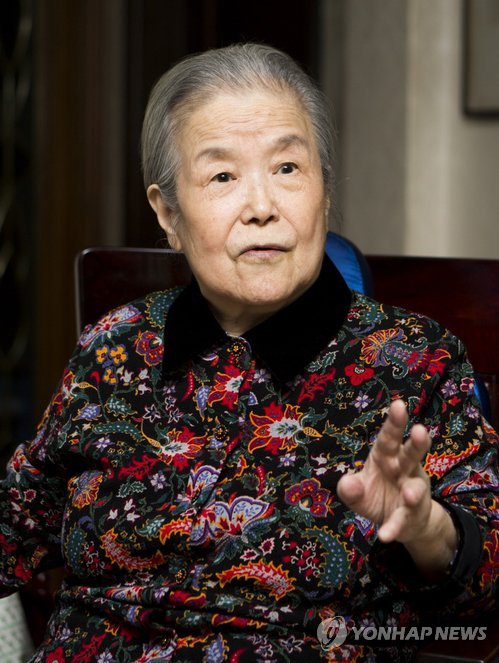people
Forbes Asia, an American business magazine covering the latest news on Asian markets, politics, business, and finance, announced the list of 48 philanthropists in the Asia-Pacific region in its July 21, 2014 issue.
Four Koreans made the list: Mun-Sul Jeong (a former chairman of KAIST's Board of Trustees), Hui-Jeong Park (a wife of the late Dr. Geun-Chul Ryu, a philanthropist who gave the funds to build the Sports Complex in KAIST campus), Yuna Kim (a former Olympics figure skater and a gold and silver medalist), and Nam-Kyu Min (the chairman of JK Group, a plastics and petrochemical products manufacturer).
Mun-Sul Jeong, the founder of Mirae Corp., a semiconductor equipment manufacturing company, donated $21 million to KAIST for brain science research this year. He also donated $235 million to KAIST in 2001 for convergence research in information and business technology.
Hui-Jeong Park, a former professor of nursing at Korea University, endowed a $100,000 scholarship fund for KAIST students in January 2014. Her late husband, Dr. Geun-Chul Ryu, contributed over $55 million in real estate to KAIST, allowing the university to have a new sports facility. He was an eminent doctor of Oriental medicine in Korea and also served as a professor at KAIST.
For more, please click on the link below:
Forbes Asia, July 21, 2014
“48 Heroes of Philanthropy”
http://www.forbes.com/sites/johnkoppisch/2014/06/25/48-heroes-of-philanthropy-3/
-
people Top 10 Emerging Technologies by World Economic Forum
The World Economic Forum’s Meta-Council on Emerging Technologies announced its annual list of breakthrough technologies, the “Top 10 Emerging Technologies of 2016,” on June 23, 2016. The Meta-Council chose the top ten technologies based on the technologies’ potential to improve lives, transform industries, and safeguard the planet. The research field of systems metabolic engineering, founded by Distinguished Professor Sang Yup Lee of the Chemical and Biomolecular Engineer
2016-06-27 -
people Two Undergraduate KAIST Students Publish a Book on Health Management
Joonho Suh of the Aerospace Engineering Department and Jiho Suh of the Mechanical Engineering Department are both brothers and undergraduates at KAIST. The Suh brothers, who are three years apart, have recently published a self-help book in English on staying healthy entitled “A Scientific Approach to Building Muscle: Mass Effect.” The book introduces techniques to build muscles, adapting them from an engineering concept called "Active Torque Control (ACT)," the management o
2015-10-26 -
people Seven Graduates of KAIST S+ Convergence AMP Publish a Book, “The First Penguinâ€
Seven graduates of KAIST’s S+ Convergence Advanced Management Program (KAMP) have published a book containing their business success stories, The First Penguin, hoping that in telling their story, they will inspire readers who want to become entrepreneurs. The book is available only in Korean. The title of the book refers to a penguin that enters the water first when other penguins hesitate to dive into the ocean, symbolizing the need to make the first move. The book reflects the experien
2015-05-26 -
people Professor Shim Featured with His Drone System in IEEE Spectrum
The IEEE Spectrum, a technology and science magazine published by the Institute of Electrical and Electronics Engineers (IEEE), featured an article of KAIST’s autonomous unmanned aerial vehicles (UAVs) entitled “South Korea Prepares for Drone vs. Drone Combat,” posted on April 1, 2015. The article introduces the anti-drone defense system being developed by Professor “David” Hyunchul Shim of the Department of Aerospace Engineering at KAIST. With the goal of developi
2015-04-02 -
people Interactions Features KAIST's Human-Computer Interaction Lab
Interactions, a bi-monthly magazine published by the Association for Computing Machinery (ACM), the largest educational and scientific computing society in the world, featured an article introducing Human-Computer Interaction (HCI) Lab at KAIST in the March/April 2015 issue (http://interactions.acm.org/archive/toc/march-april-2015). Established in 2002, the HCI Lab (http://hcil.kaist.ac.kr/) is run by Professor Geehyuk Lee of the Computer Science Department at KAIST. The lab conducts various
2015-03-02

